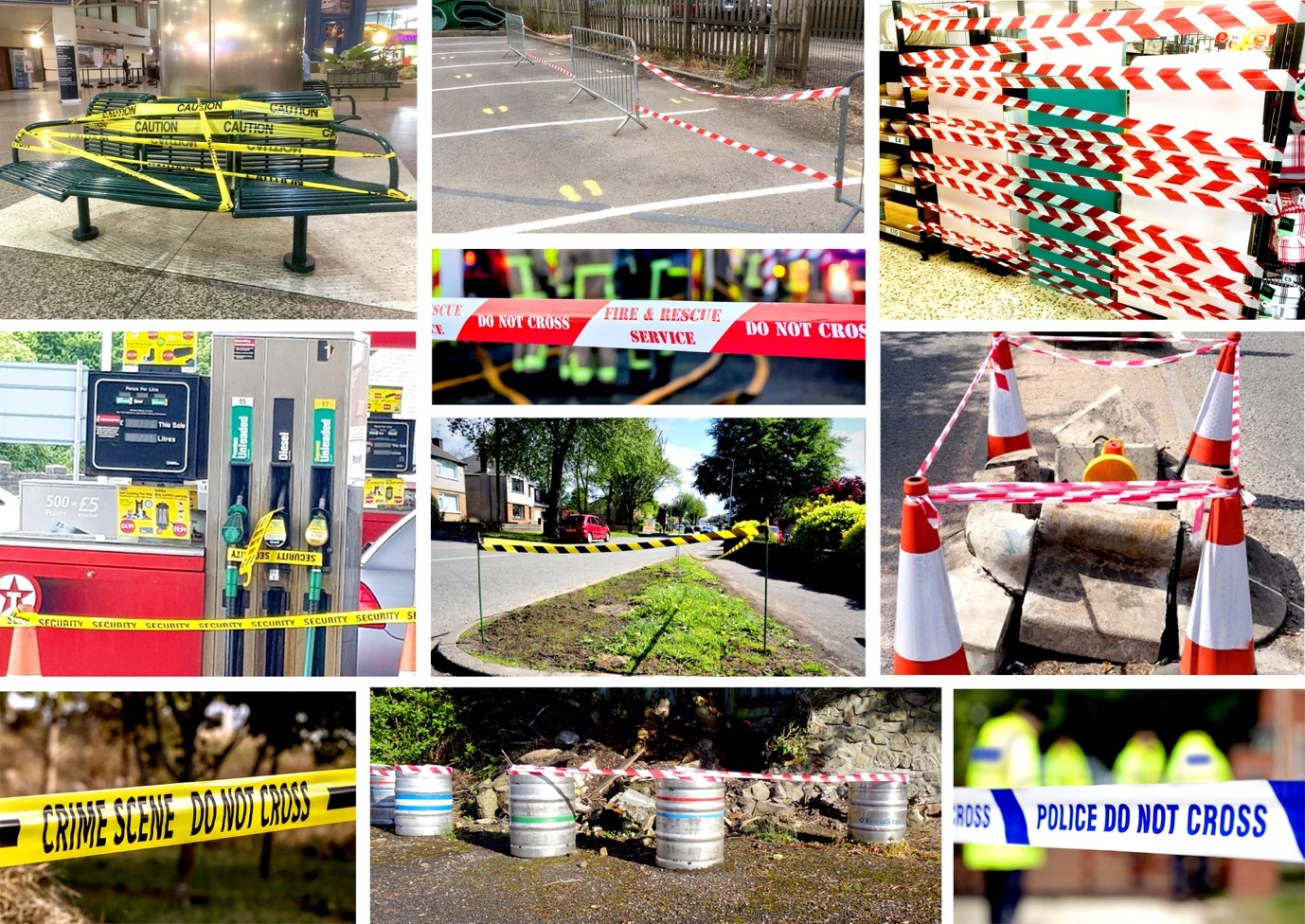
Emergency services barrier tape may be the most recognisable type of tape in the world. Everybody has seen the classic police “do not cross” tape or other types of emergency tape.
Crossing emergency barrier tape can carry with it serious consequences. For this reason, it is important to find out why it is used and how it protects the public.
Below, we discuss how and when the emergency services use barrier tape, as well as why.
How Are Barrier Tapes Used?
Barrier tapes cordon off potentially hazardous areas. They are highly visible and durable, so they can function in troublesome weather or light conditions.
Another reason for the popularity of barrier tape – particularly with emergency services – is how easy it is to set up. All you have to do is affix the tape to a cone or a door frame and, within minutes, an effective barrier is set up to protect the public.
While a variety of industries use barrier tape, it is mostly used by the emergency services.
When and Why Are Barrier Tapes Used By The Emergency Services?
The first use of emergency barrier tape is a little muddy, but there is a consensus that the classic yellow-and-black tape was first used in the 1960s in the United States.
The police used the tape for a few reasons which are still relevant today:
- An eye-catching, provocative design.
- Durable, reliable strength.
- A variety of sizes for a multitude of uses.
- A clear, concise message.
These reasons, as well as the tape’s usage in popular culture, keeps crime scenes and other sensitive areas safe.
So, what does yellow police tape mean? It means that a crime scene has been set up and that the police now “own” that scene for an indefinite period.
In the UK, the yellow-and-black variant isn’t used. Instead, the police use a blue-and-white tape, as well as a few other colours to signify different parts of a crime scene. Red-and-white tape marks the inner cordon, for example, to signify its importance to the crime and the punishment for crossing it.
However, barrier tapes for emergency services don’t start and end with the police. Other emergency services such as the fire department have their own barrier tape.
A red-and-white colourway, known as “firefighter tape”, is used to protect the public from dangerous premises. This keeps the public away from fire-related risks such as smoke inhalation, airborne toxins and damaged buildings.
What Does The Law Say?
The law doesn’t explicitly forbid the crossing of emergency barrier tape, but as soon as a person enters a crime scene, they can be charged with contaminating it.
The penalty for crime scene contamination depends on what you do, but if you’re caught in the act, then the police are unlikely to give you the benefit of the doubt. Whenever a person enters and leaves a crime scene, they dilute the volume of effective evidence.
For other emergency services, barrier tape is merely there to keep you safe. If you cross it, there will be no legal ramifications, but it is a threat to your wellbeing.
Find High-Quality Emergency Services Barrier Tapes Today
Discover the Label Source range of durable, resilient emergency services barrier tape today. We have a range of scratch, UV and weather-resistant tapes that you can rely on.
So, whether you work on a TV or film crew and need some props or a security company requiring some extra safety tape, we're the supplier for you.